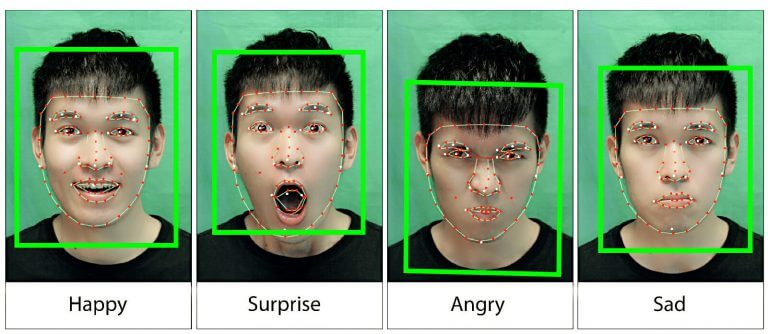
Revolutionizing Image Processing: Advancements and Applications
In the realm of technology, the evolution of image processing has ushered in a new era of possibilities, transforming the way we capture, manipulate, and interpret visual information. This article explores the groundbreaking advancements in image processing and delves into its diverse applications, shedding light on the impact it has across various industries.
The Foundations of Image Processing
Image processing, at its core, involves the manipulation of visual data to enhance, analyze, or extract information. Early developments in this field focused on basic tasks like image enhancement and restoration. However, as computational power increased, so did the complexity and scope of image processing applications.
Advancements in Machine Learning and AI
One of the key drivers of the image processing revolution is the integration of machine learning and artificial intelligence (AI). These technologies have empowered systems to not only process images but also learn and adapt based on patterns and data. This has resulted in more sophisticated image recognition, classification, and even generation capabilities.
Enhancing Visual Quality
Advancements in image processing have brought about remarkable improvements in visual quality. Techniques such as denoising, color correction, and high dynamic range (HDR) imaging have become more refined, allowing for stunning visuals in photography, cinematography, and virtual reality applications. The marriage of image processing and visual quality is transforming the way we perceive and interact with images.
Medical Imaging Breakthroughs
In the field of healthcare, image processing has played a pivotal role in diagnostic tools and medical imaging. From enhancing the clarity of medical scans to enabling early detection of anomalies, image processing has become indispensable in improving patient care. The integration of AI further enhances diagnostic accuracy and expedites the analysis of complex medical images.
Facial Recognition and Security
Facial recognition technology, powered by image processing algorithms, has become ubiquitous in various sectors. From unlocking smartphones to ensuring secure access in buildings, the accuracy and speed of facial recognition have significantly improved. However, ethical considerations and privacy concerns continue to be important aspects that need careful consideration.
Satellite Imagery for Environmental Monitoring
In environmental science and conservation efforts, image processing is instrumental in analyzing satellite imagery. This technology aids in monitoring deforestation, tracking changes in land use, and assessing the impact of climate change. The ability to process vast amounts of satellite data quickly is crucial for making informed decisions in environmental management.
Artificial Creativity: Image Generation
Beyond analysis, image processing has ventured into the realm of artificial creativity. Generative models, such as Generative Adversarial Networks (GANs), can create realistic images from scratch. This has implications for content creation, design, and even art. The ability to generate images with novel content has the potential to revolutionize various creative industries.
Challenges in Ethical Image Processing
As image processing capabilities advance, ethical considerations become paramount. The potential for misuse, such as deepfake technology that can create realistic but fake images or videos, raises concerns about misinformation and privacy. Addressing these challenges requires a balance between technological innovation and ethical guidelines.
Future Trajectory of Image Processing
Looking ahead, the trajectory of image processing seems boundless. As technology continues to evolve, we can anticipate further refinement of existing techniques and the emergence of novel applications. The integration of image processing with other technologies like augmented reality and the Internet of Things (IoT) opens up new possibilities for innovation.
Exploring the World of Image Processing
For a closer look at the world of image processing and its transformative impact, explore this captivating image here. Witness the convergence of technology and visual creativity as image processing continues to revolutionize how we perceive and interact with the visual world around us.
In conclusion, the revolution in image processing is reshaping our digital landscape, impacting industries, healthcare, security, and creative endeavors. From enhancing visual quality to contributing to medical breakthroughs, image processing’s journey is marked by innovation and continuous evolution. As we navigate this transformative era, ethical considerations and responsible use of technology remain paramount in ensuring that image processing continues to enhance our lives positively.





